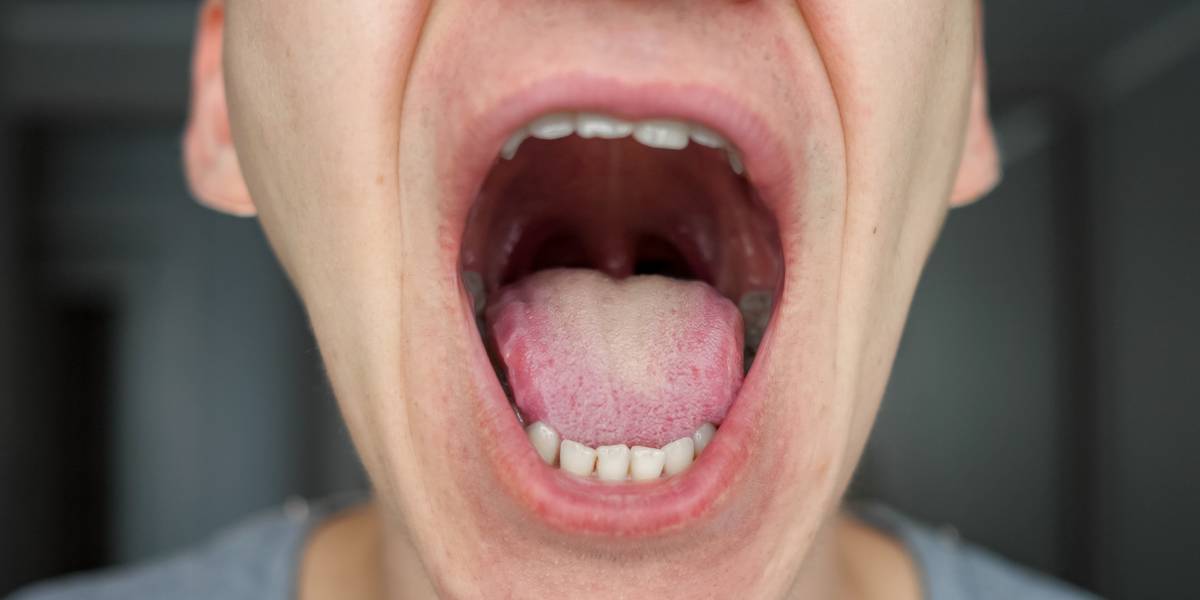A recent study used computer-aided disease diagnosis and images of tongues to correctly diagnose patients.
Studying the tongue for signs of disease has been practiced by Chinese herbalists for 2,000 years and now, computer scientists are getting on board using machine learning and artificial intelligence.
Iraqi and Australian researchers have built upon previous research into tongue diagnostic systems, providing more evidence displaying the increasing accuracy of detecting diseases using this technology.
The study, conducted by engineers from Middle Technical University (MTU) in Baghdad and the University of South Australia (UniSA), involved capturing images of 50 patients’ tongues using a USB web camera. The patients had [type 2] diabetes, renal failure and anaemia.
- Rare genetic variants that contribute to male hair loss identified in study
- Study finds link between keto diet and lowered testosterone levels in women with polycystic ovary syndrome
- Sleep quality lowest in people from Asia
The images of their tongues were then compared to with a database of 9,000 images of tongues.
Ali Al-Naji, MTU and UniSA Adjunct Associate Professor, and his colleagues also evaluated the advances in computer-aided disease diagnosis using image processing techniques and based on tongue colour.
The researchers managed to correctly diagnose 94 per cent of the individuals using the computer-aided disease diagnosis. The patient or their health provider were then informed of the tongue colour and diagnosed disease.
Professor Al-Naji explained: “Thousands of years ago, Chinese medicine pioneered the practice of examining the tongue to detect illness.
“Conventional medicine has long endorsed this method, demonstrating that the colour, shape, and thickness of the tongue can reveal signs of diabetes, liver issues, circulatory and digestive problems, as well as blood and heart diseases.”
He continued: “Taking this a step further, new methods for diagnosing disease from the tongue’s appearance are now being done remotely using artificial intelligence and a camera – even a smartphone.
- Heart attacks and strokes triggered by metabolic syndrome, study suggests
- Study shows gut microbiome can trigger arthritis
- Fibromyalgia: ‘imaginary’ chronic pain disorder is pushing thousands to suicide
“Computerised tongue analysis is highly accurate and could help diagnose diseases remotely in a safe, effective, easy, painless, and cost-effective way. This is especially relevant in the wake of a global pandemic like COVID, where access to health centres can be compromised.”
Different diseases often change the appearance of people’s tongues. For example, an acute stroke turns the tongue red and crooked, diabetes turns the tongue yellow and cancer turns the tongue purple and causes a thick greasy coating.
Tongue diagnostic systems have also correctly diagnosed appendicitis, diabetes and thyroid disease in past studies.
“It is possible to diagnose with 80 per cent accuracy more than 10 diseases that cause a visible change in tongue colour. In our study we achieved a 94 per cent accuracy with three diseases, so the potential is there to fine tune this research even further,” added Professor Al-Naji.
The research was published in the journal AIP Conference Proceedings.






